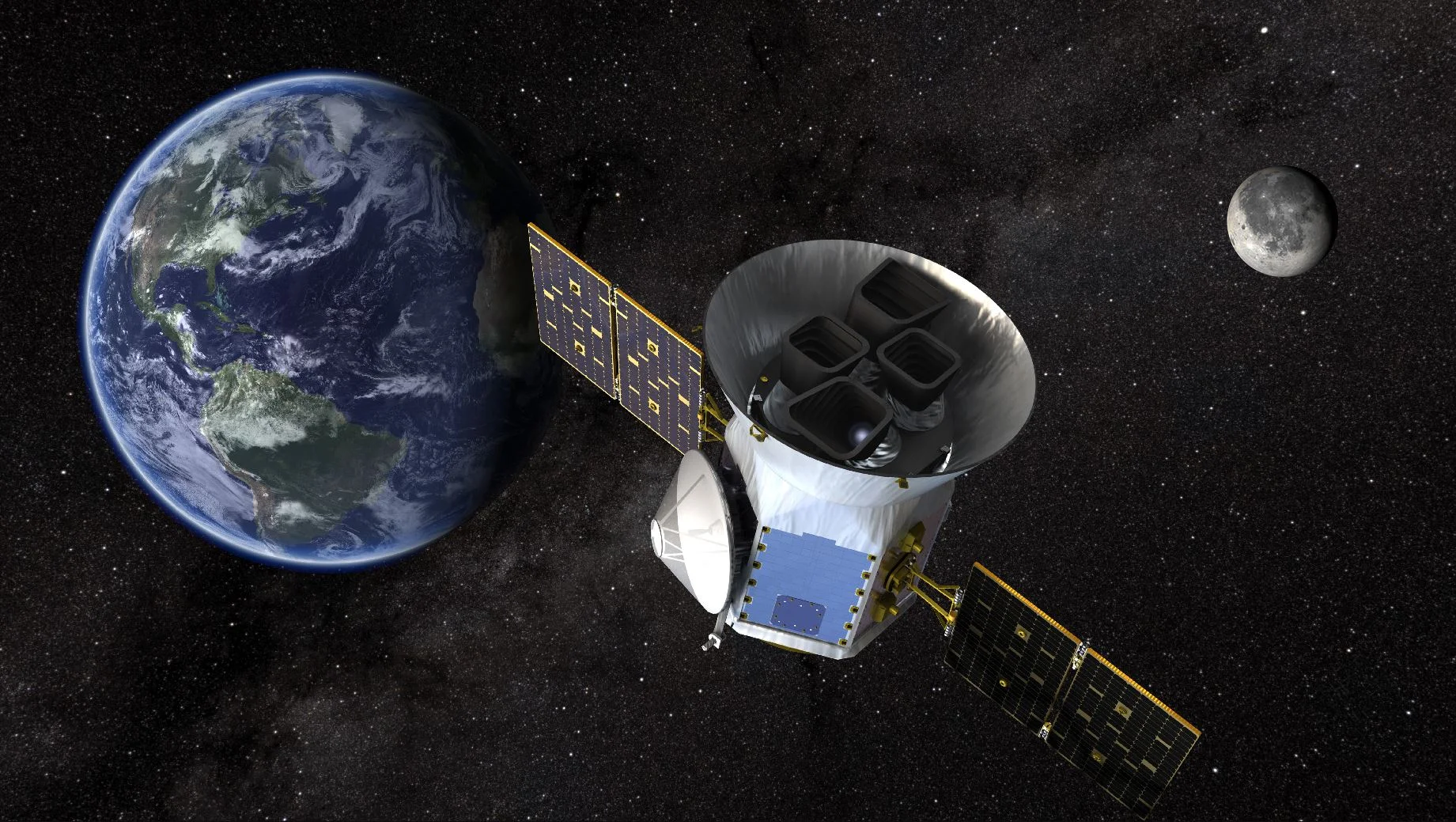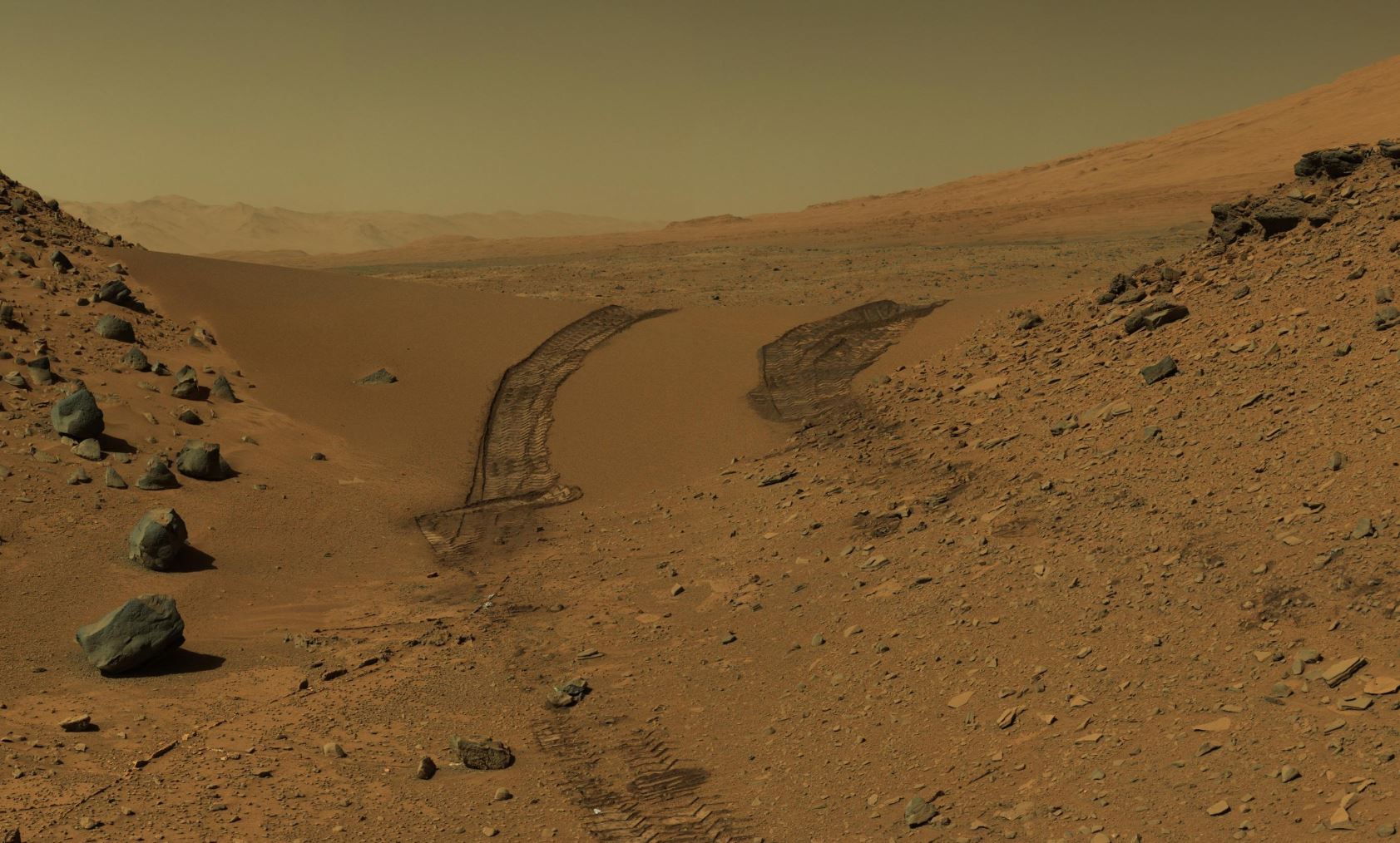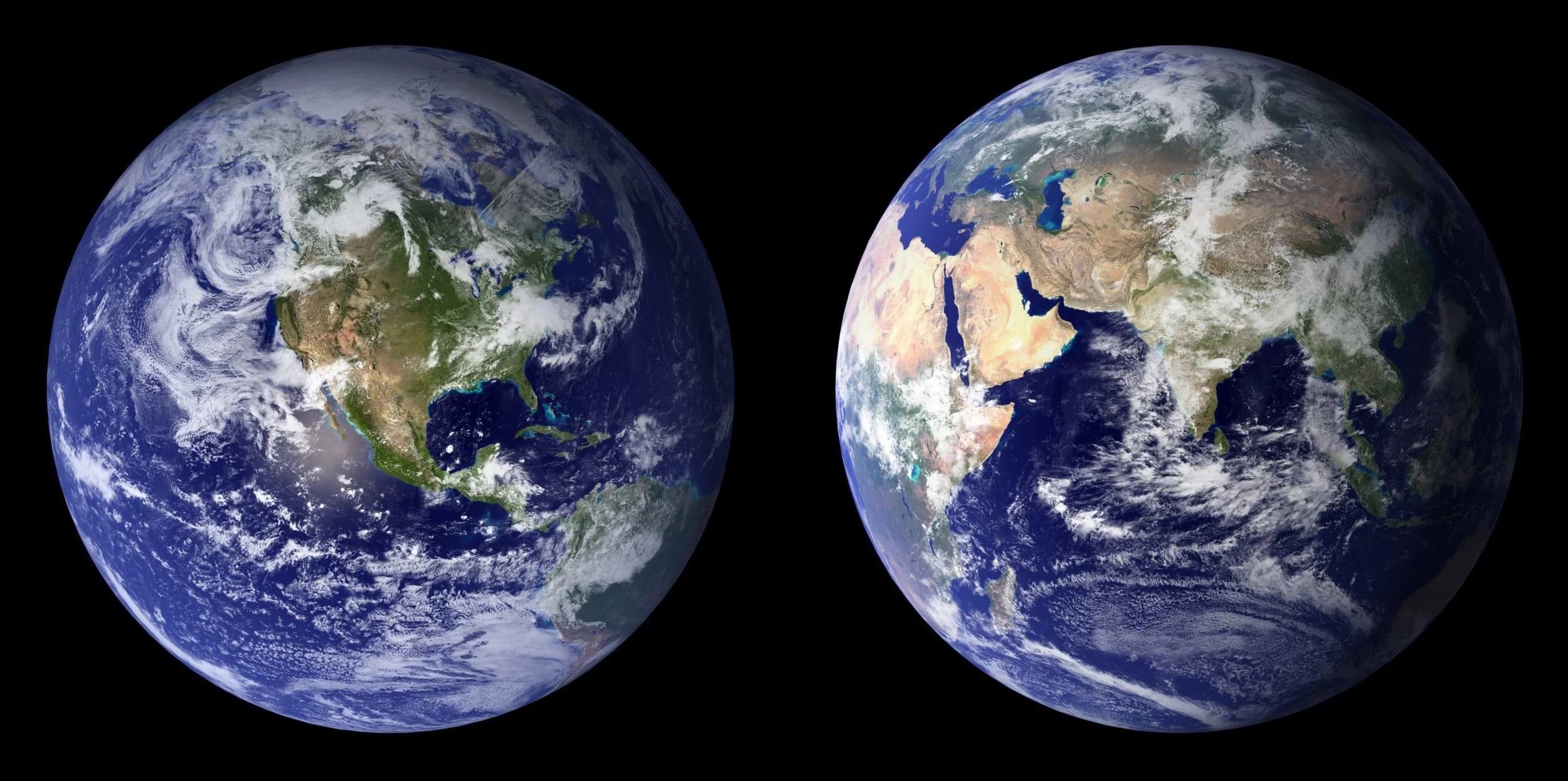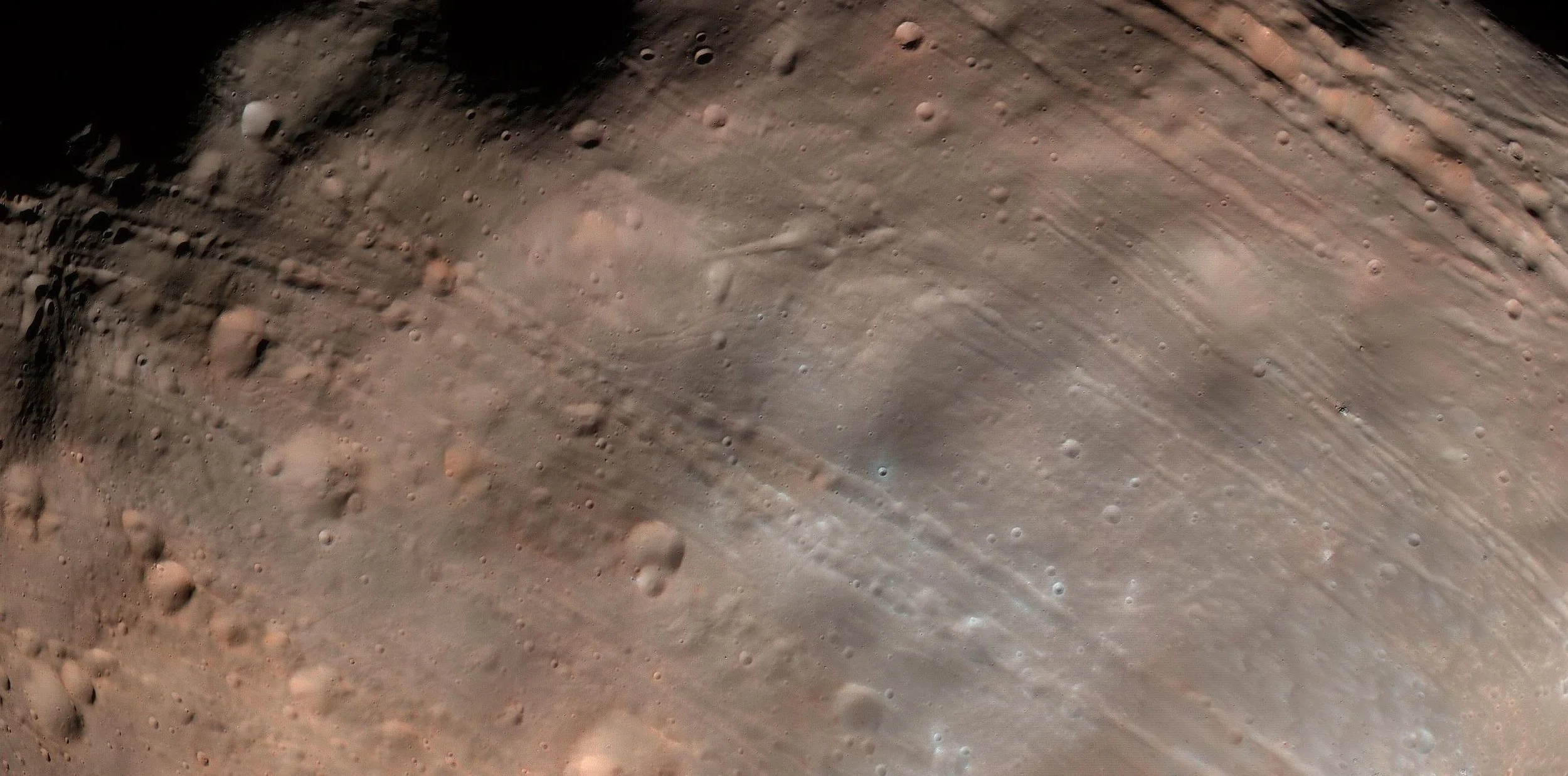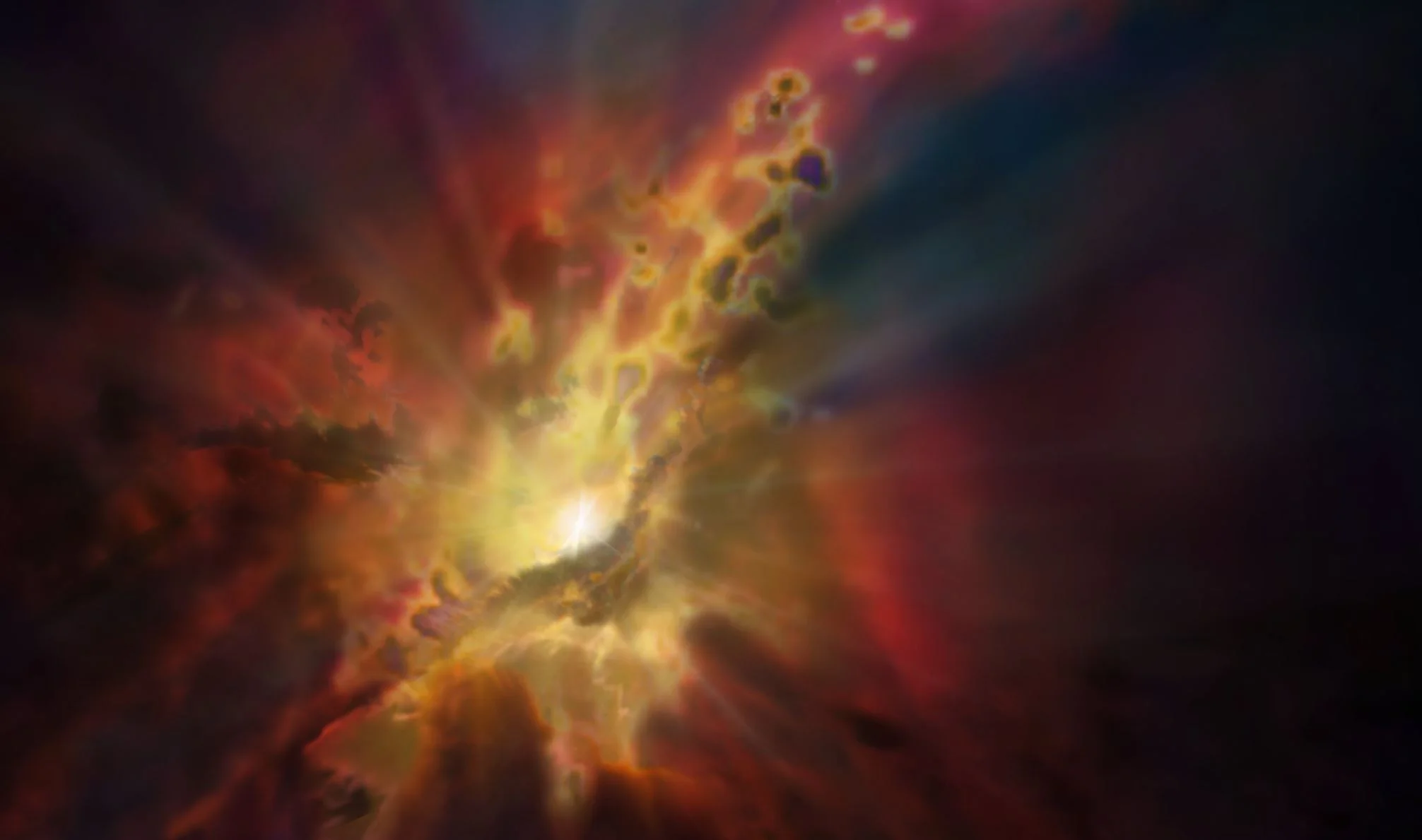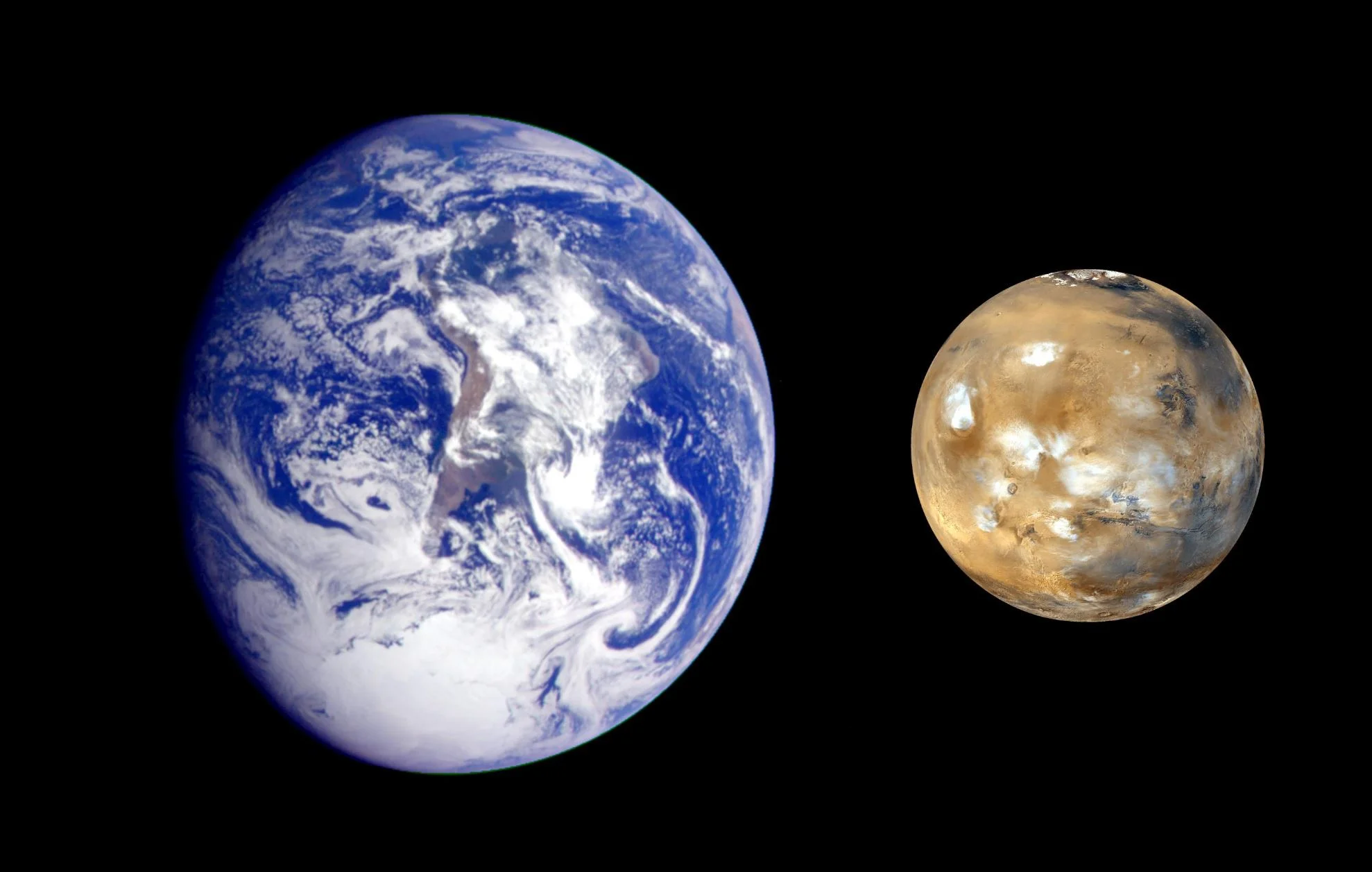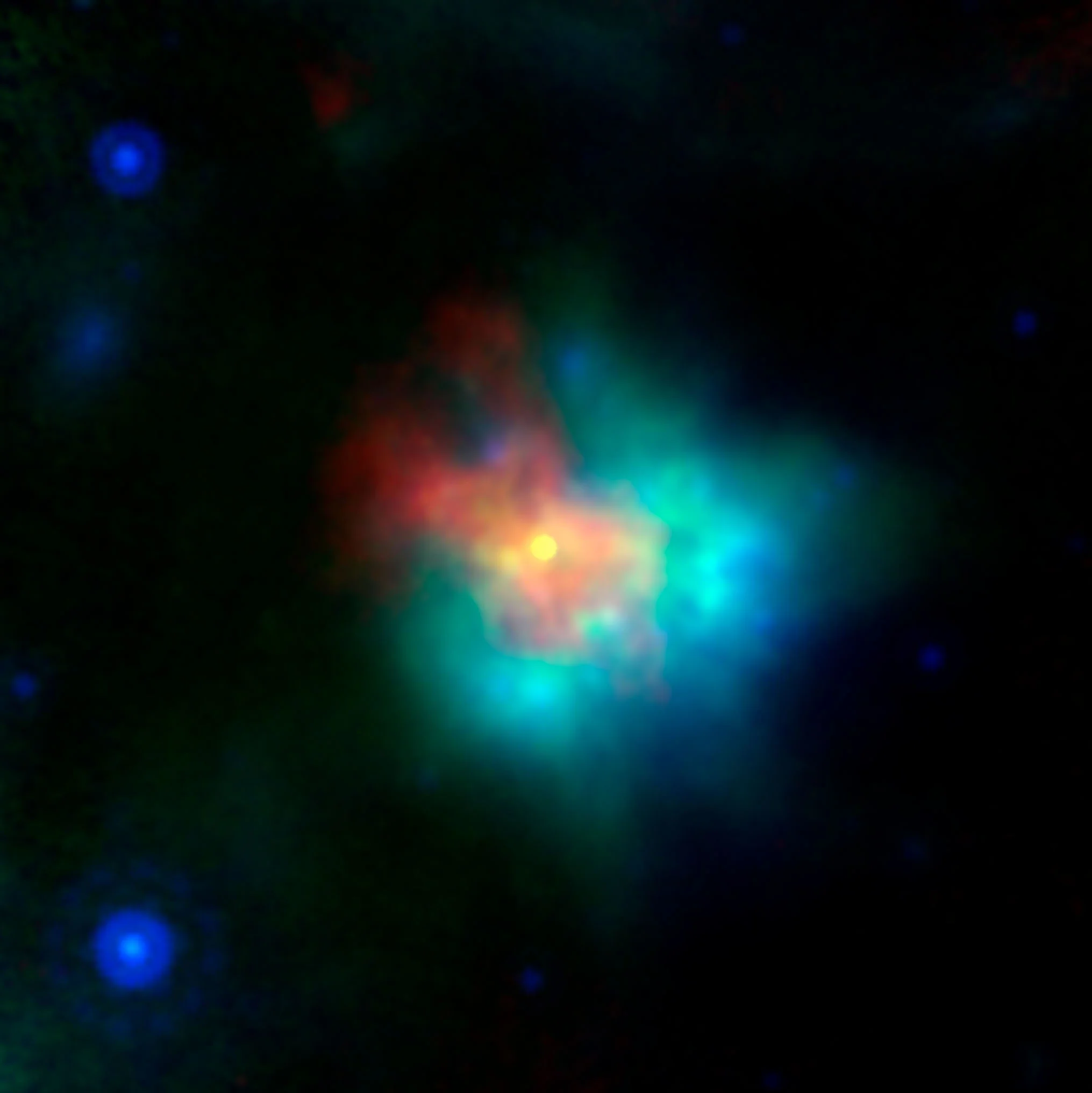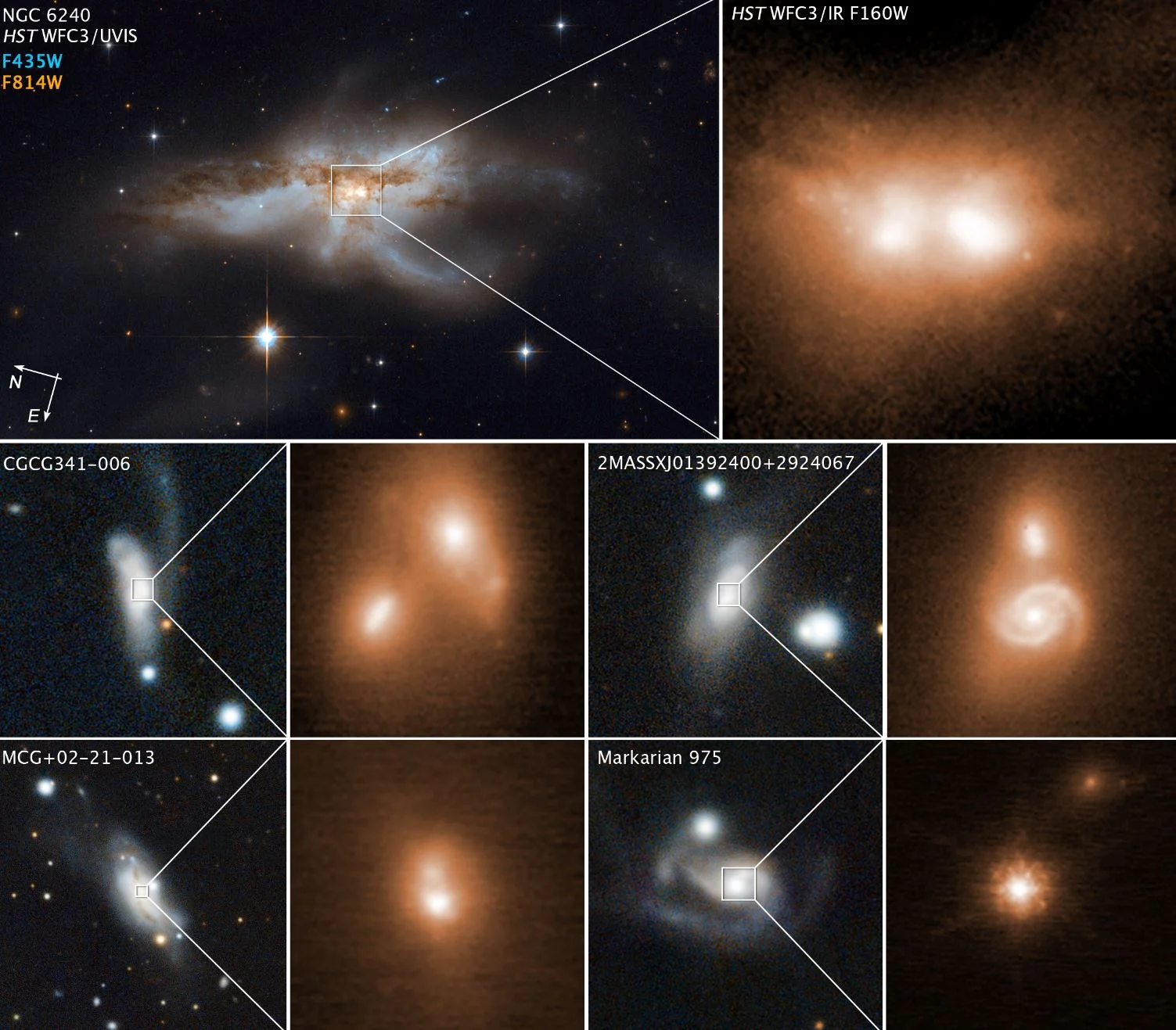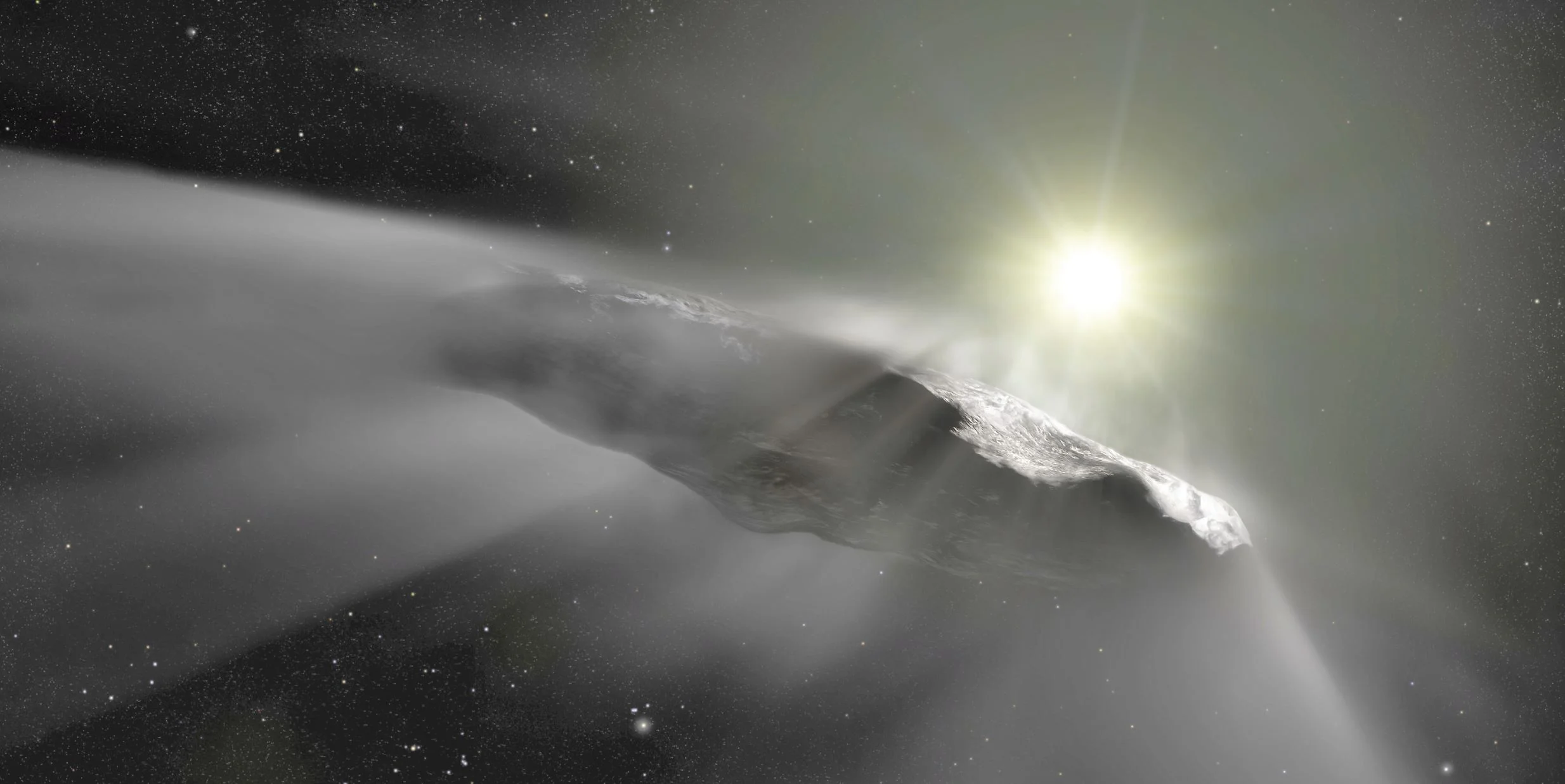How many exoplanets are there? Not that long ago, we didn’t know if there were any. Then we detected a few around pulsars. Then the Kepler spacecraft was launched and it discovered a couple thousand more. Now NASA’s TESS (Transiting Exoplanet Survey Satellite) is operational, and a new study predicts its findings.
Human evolution is still happening – possibly faster than ever
Modern medicine’s ability to keep us alive makes it tempting to think human evolution may have stopped. Better healthcare disrupts a key driving force of evolution by keeping some people alive longer, making them more likely to pass on their genes. But if we look at the rate of our DNA’s evolution, we can see that human evolution hasn’t stopped – it may even be happening faster than before.
Cotton bio-fuel cell could one day power pacemakers
We May Soon Be Able To See the First, Supergiant Stars in the Universe
We need to talk about the dark ages. No, not those dark ages after the fall of the western Roman Empire. The cosmological dark ages. The time in our universe, billions of years ago, before the formation of the first stars. And we need to talk about the cosmic dawn: the birth of those first stars, a tumultuous epoch that completely reshaped the face the cosmos into its modern form.
One of the Most Exciting Parts of InSight is Actually the Tiny Cubesats Tagging Along for the Ride and Their Role in the Mission
Yesterday, NASA’s Mars InSight lander successfully touched down on the Martian surface after spending seven long months in space. Over the course of the next few hours, the lander began the surface operations phase of its mission, which involved deploying its solar arrays. The lander also managed to take some pictures of the surface, which showed the region where it will be studying Mars’ interior for the next two years.
Our long fascination with the journey to Mars
What planet Earth might look like when the next supercontinent forms – four scenarios
The outer layer of the Earth, the solid crust we walk on, is made up of broken pieces, much like the shell of a broken egg. These pieces, the tectontic plates, move around the planet at speeds of a few centimetres per year. Every so often they come together and combine into a supercontinent, which remains for a few hundred million years before breaking up. The plates then disperse or scatter and move away from each other, until they eventually – after another 400-600 million years – come back together again.
Hubble’s First Picture After Returning to Service. The Telescope is Fully Operational Again with Three Working Gyros
InSight Is Catching Rays on Mars
NASA's InSight has sent signals to Earth indicating that its solar panels are open and collecting sunlight on the Martian surface. NASA's Mars Odyssey orbiter relayed the signals, which were received on Earth at about 5:30 p.m. PST (8:30 p.m. EST). Solar array deployment ensures the spacecraft can recharge its batteries each day. Odyssey also relayed a pair of images showing InSight's landing site.
Electronic glove mimics skin to give robots a light touch
Ancient asteroid strike may explain Martian moon’s odd grooves
Is alcohol bad for you? It depends on the drink and how you drink it
Recent headlines claim that a glass of wine or a pint of beer a day shortens your life. It’s enough to dampen any thoughts of a celebratory drink or two at Christmas. But those conclusions are based on a partial view of the alcohol debate.
How we discovered that supermassive black holes can power enormous ‘galactic fountains’
A fountain in a garden pond could shoot a plume of water to roughly three metres in height. By comparison, the famous fountain on Lake Geneva launches a plume of water up to 140m into the air. Now imagine a fountain launched from the centre of a galaxy, with a supermassive black hole acting as the pump. How far do you think this plume would extend? The answer is over 100,000 light years.
What Two Planetary Siblings Can Teach Us About Life
NASA's Lucy in the Sky with … Asteroids?
A little over 4 billion years ago, the planets in our solar system coexisted with vast numbers of small rocky or icy objects orbiting the Sun. These were the last remnants of the planetesimals – the primitive building blocks that formed the planets. Most of these leftover objects were then lost, as shifts in the orbits of the giant planets scattered them to the distant outer reaches of the solar system or beyond. But some were captured in two less-distant regions, near points where the gravitational influence of Jupiter and the Sun balance, and have remained trapped there, mostly untouched, for billions of years.
Europe’s Vision of a Future Moon Base. Made out of Moon Dust
Exploding Stars Make Key Ingredient Found in Glass
We are all, quite literally, made of star dust. Many of the chemicals that compose our planet and our bodies were formed directly by stars. Now, a new study using observations by NASA's Spitzer Space Telescope reports for the first time that silica — one of the most common minerals found on Earth — is formed when massive stars explode.

